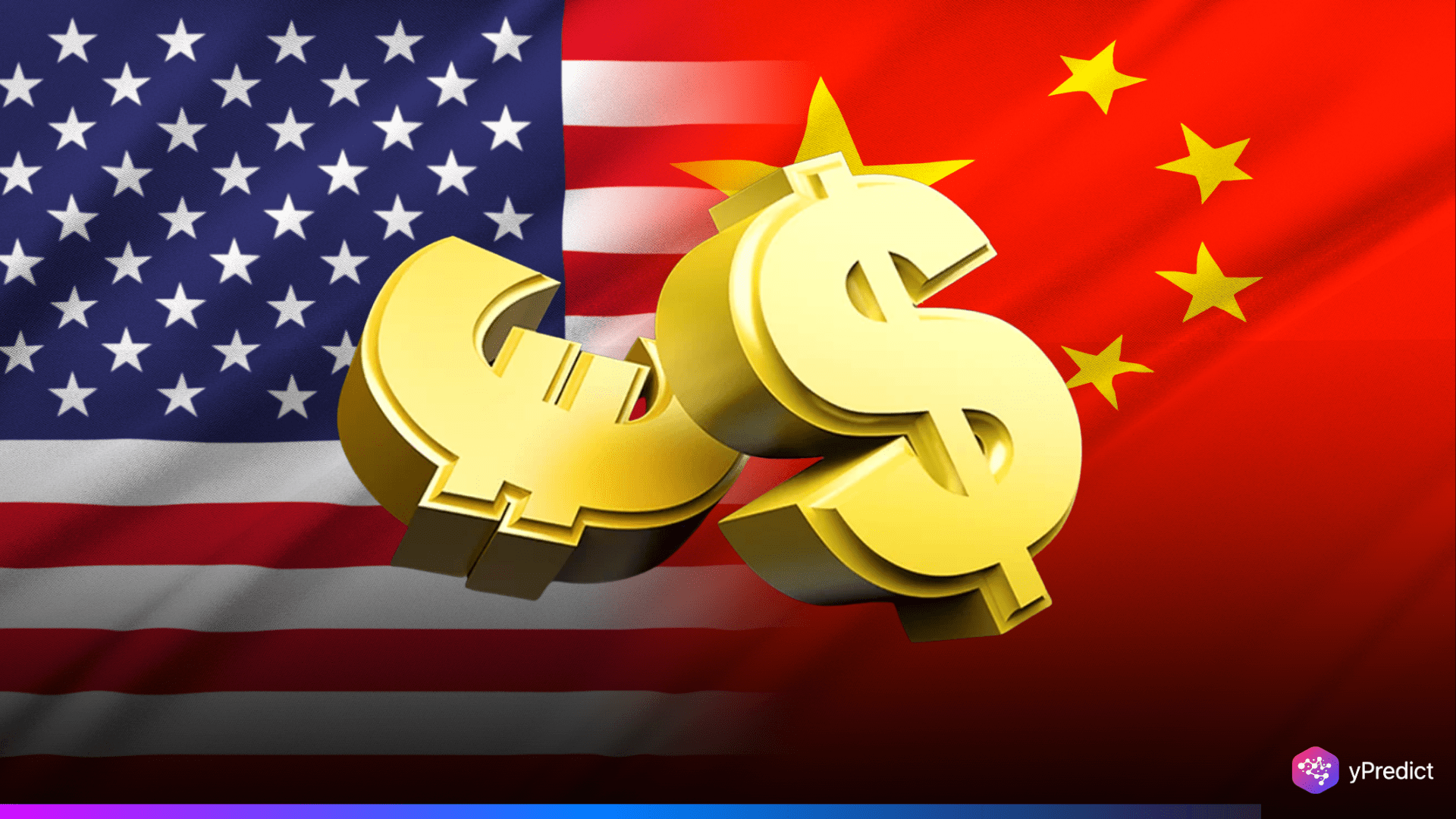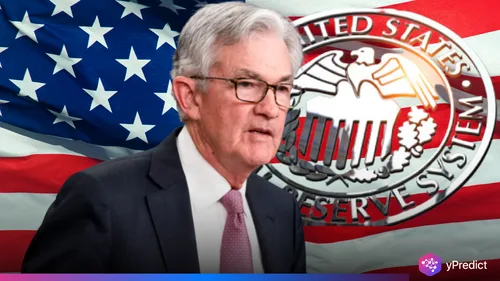
The euro dipped against the US dollar on Tuesday, pulling back from recent peaks as investors treaded cautiously amidst escalating US-China trade tensions and as they await key US economic data later in the week.
The EUR/USD currency pair declined to around 1.1409, following a strong April gain where the euro rose almost 5%, its largest monthly advance in nearly 15 years.
Euro Slips Despite Broader Dollar Weakness
The euro dipped slightly against the US dollar on Tuesday, despite strong eurozone data and a broadly weaker dollar. Investor sentiment remained cautious due to geopolitical tensions and upcoming U.S. economic releases. The EUR/USD pair saw a drop from recent highs as concerns over US-China trade relations and low risk appetite curbed euro demand.
Additional pressure came from remarks by European Central Bank officials, including Finnish Central Bank Governor Olli Rehn, who signaled potential rate cuts to address lingering inflation risks. These factors combined to alter market enthusiasm for the euro, leading to its modest decline against the dollar.
During the European trading session on Tuesday, the EUR/USD pair was trading near 1.1400. Despite a recent dip, the pair’s overall outlook remains bullish. The 20-week Exponential Moving Average (EMA) remains in the positive zone, hovering around 1.0890.
Furthermore, the 14-week Relative Strength Index (RSI) has increased above 70.00, indicating strong bullish momentum, though a pullback is still possible.
The EUR/USD faces resistance above 1.1500, with a support level at 1.1276. The US Dollar Index dropped as the Dallas Fed Manufacturing Index dropped further than anticipated, from -16.3 in March to -35.8 in April. The nearest support for the index is 98.80-99.00, with further support at 97.50-97.70.
Trade Tensions Reinforce Caution in Currency Markets
The current EUR/USD decline is in line with increasing fears of a deepening US-China trade dispute. US Treasury Secretary Scott Bessent said that it is “up to China to de-escalate” tariffs, but the US still has substantial 125% tariffs on Chinese imports.
China, in turn, has applied some exemptions but has not implemented wider stimulus measures, hopefully holding out for political turmoil in the United States.
This prolonged trade war has negatively impacted investor confidence in US assets and currency stability. According to Reuters, the dollar is on track for its worst monthly slide against the Swiss franc in almost a decade, continuing to fall across the board, although gaining some support early on Tuesday.
Conclusion
The short-term outlook for EUR/USD is unclear. Although the euro has benefited from a weakening dollar and solid April performance, global trade and U.S. economic uncertainties could cap further gains. Technical analysis indicates that penetration of the 1.1450 resistance level could revive bullish momentum, but only if macroeconomic data and geopolitical risks cooperate.







